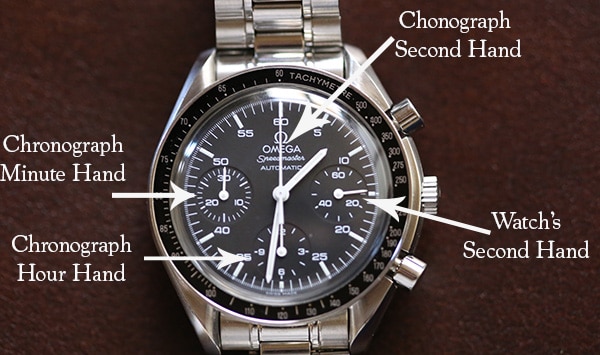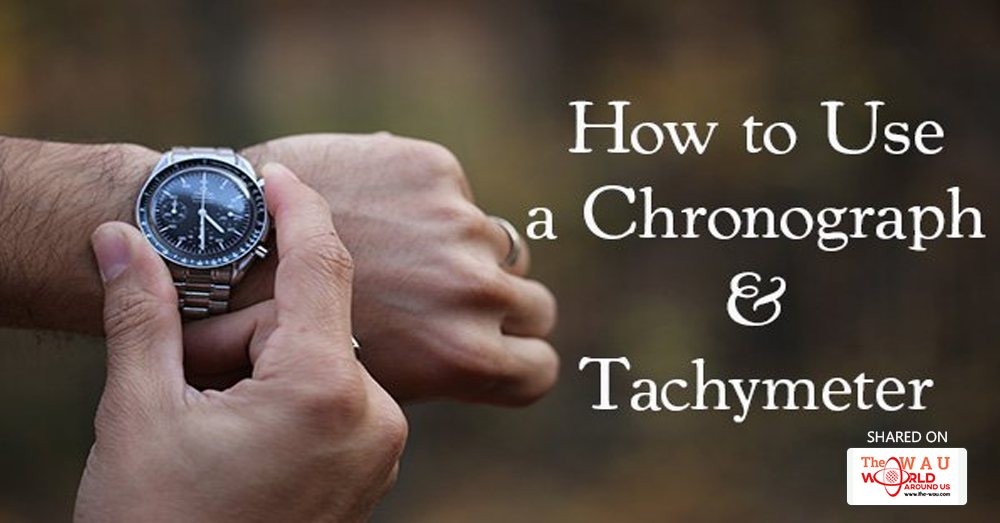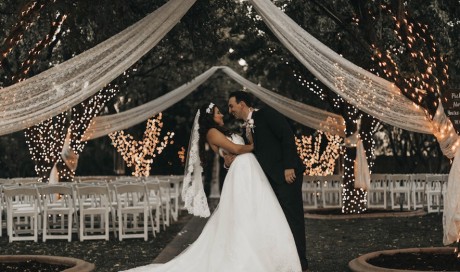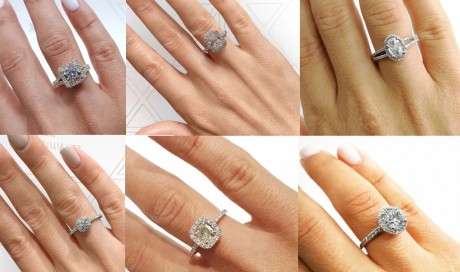In our guide to men’s wristwatches, we discussed “complications” — the various extra features on a watch that go beyond just telling time. Two of the complications that you’ll often see on racing or pilot watches are a chronograph and a tachymeter.
They certainly make your watch look cool, but they’re not just for looks. Learning how these two watch complications work together can turn your watch into a pretty nifty measuring tool.
If you’ve been mystified by all the dials of your chronograph watch and have no idea what those tachymeter numbers around its bezel mean, then keep reading. We explain it all below.
How to Use a Chronograph
“Chronograph” is just a fancy word for “stopwatch.” They were added to watches back in the early part of the 20th century to allow racecar drivers and pilots to time themselves, and each other. Astronauts during America’s golden age of space exploration strapped watches with chronographs on their wrists too. For example, Apollo 13 astronaut Jack Swigert used the chronograph on his Omega Speedmaster to time a significant course correction on their perilous journey back to earth.
Using a chronograph is easy. You just press the start/stop button on the side of the watch to start or stop the stopwatch; push the bottom button to reset back to zero.
The more confusing part comes in understanding what the different sub-dials that make up the chronograph mean.
Watch chronographs usually consist of three hands: a second hand, a minute hand, and an hour hand. (Some chronographs have just a second hand and a minute hand. Below I’m using an Omega Speedmaster (provided by Crown and Caliber) as an example, which has three chronograph hands.)

The second hand on a chronograph watch is the long, thin center hand. Unlike the second hand on watches without a chronograph, this one only moves when you’ve started the stopwatch.
You might be thinking, “Where does a watch with a chronograph keep track of the seconds of the current time?” That’s done on one of the sub-dials on a watch’s face. On this Speedmaster, the second hand for the current time is on the right-side sub-dial.
...[ Continue to next page ]
Share This Post















